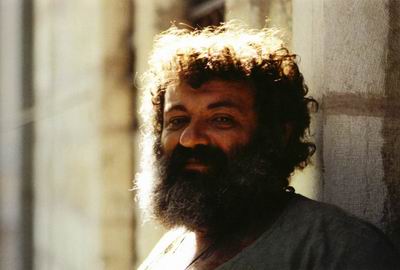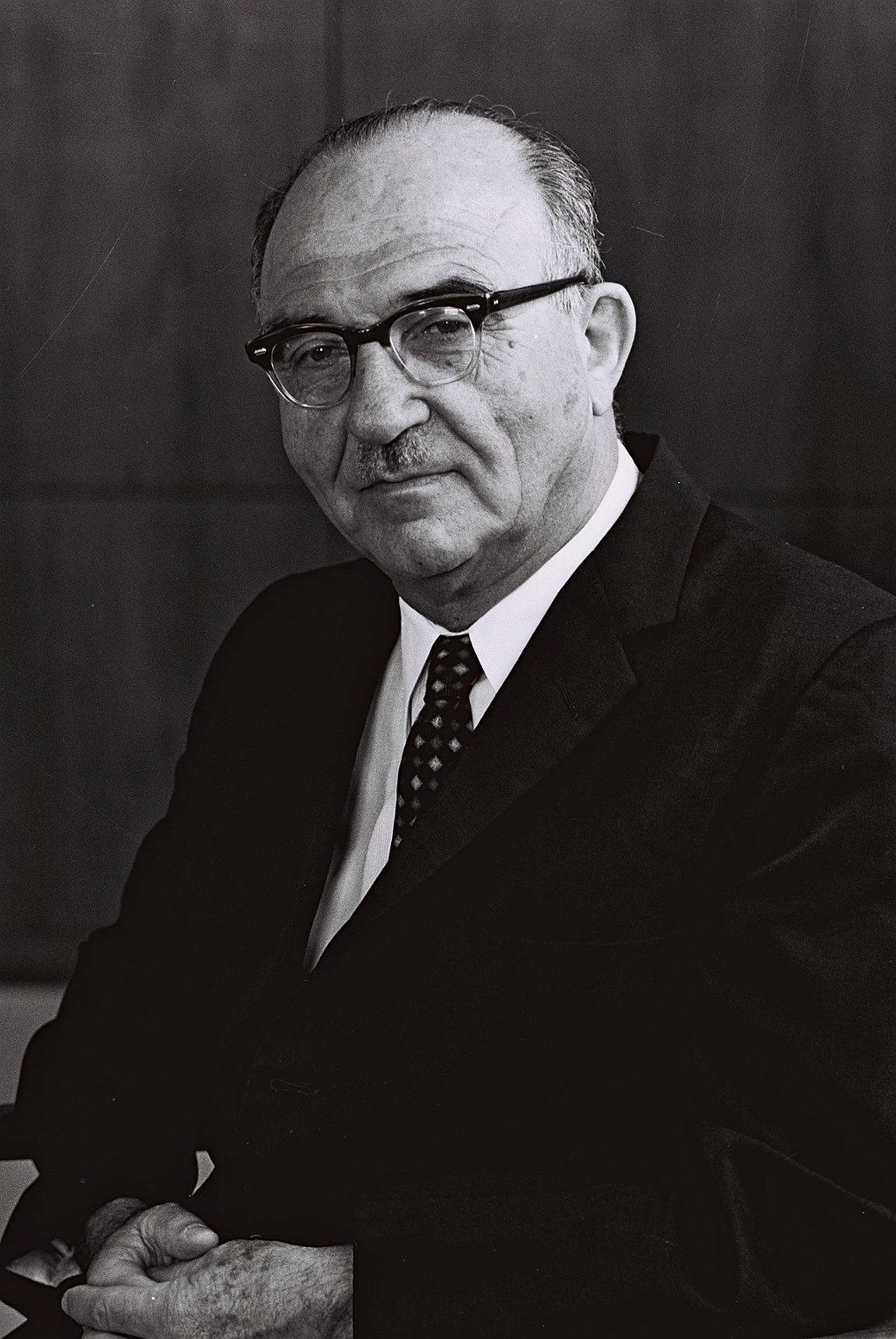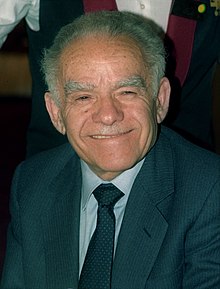Introduction
Menashe Kadishman was an Israeli sculptor and painter renowned for his iconic sheep paintings and public sculptures. Born on August 21, 1932, in Tel Aviv, Kadishman’s art is known for its vivid colors, expressive forms, and profound symbolism, particularly centered on themes of nature, sacrifice, and national identity. His works have left a lasting impression on Israeli art, making him one of the country’s most recognizable artists.
Early Life and Artistic Beginnings
Kadishman grew up in Tel Aviv and initially worked as a shepherd in his youth, an experience that deeply influenced his artistic themes. He studied under prominent sculptors Moshe Sternschuss and Rudi Lehmann in Israel before moving to London, where he attended Saint Martin’s School of Art. Kadishman’s exposure to international artistic movements helped shape his unique approach, combining abstract expressionism with personal and cultural themes.
The Iconic Sheep Series
Kadishman is perhaps best known for his sheep paintings, which have become iconic in Israeli art. These works feature simple, colorful, and expressive depictions of sheep, reflecting his own experiences as a shepherd and symbolizing innocence, sacrifice, and connection to the land. The sheep became a recurring motif in his work, representing themes of pastoral life, biblical sacrifice, and the collective experience of the Israeli people.
His sheep paintings are celebrated for their accessibility and emotional resonance, often characterized by their large, colorful eyes that convey a sense of vulnerability and depth. These paintings have been exhibited widely and are beloved by audiences for their whimsical yet profound qualities.
Public Sculptures and Installations
In addition to his paintings, Menashe Kadishman is well known for his large-scale public sculptures, which can be found throughout Israel and around the world. His work often incorporates themes of nature and balance, using steel and other industrial materials to create striking, abstract forms. One of his most famous sculptures, ‘The Sacrifice of Isaac’, is a powerful representation of the biblical story, exploring themes of sacrifice and faith.
Kadishman’s sculptures are often located in public spaces, designed to be experienced by viewers in their everyday environments. His ability to transform raw materials into evocative symbols of national and human identity has made his sculptures a significant part of Israel’s cultural landscape.
Awards and Recognition
Menashe Kadishman received numerous awards for his contributions to art, including the Sandberg Prize from the Israel Museum and the Dizengoff Prize for Sculpture. His work is featured in major collections around the world, and he remains one of Israel’s most celebrated artists, known for his ability to blend personal experience with universal themes.
Legacy and Influence
Menashe Kadishman’s legacy is deeply ingrained in Israeli culture, with his iconic sheep serving as a beloved symbol of national identity. His sculptures and paintings continue to be exhibited and celebrated, offering insights into the human condition through their blend of simplicity, symbolism, and emotional power. Kadishman’s art remains an enduring reflection of the Israeli spirit, rooted in the land and the shared experiences of its people.



